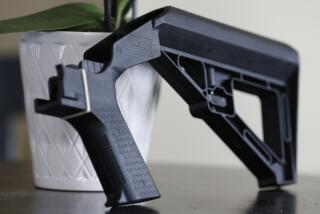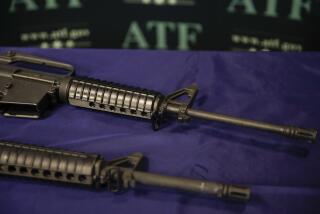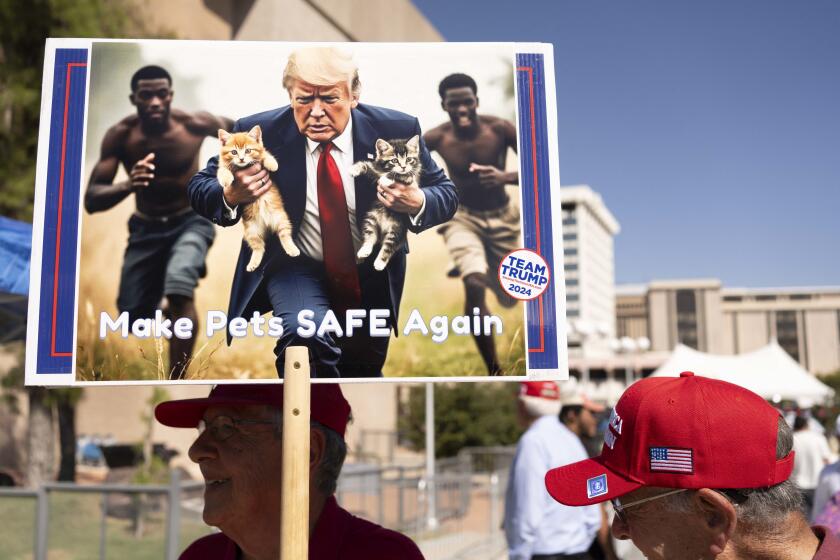Editorial: Toy guns should look like toys
The scene has been repeated with agonizing frequency: Police officers encounter someone holding a gun and, fearing for their lives, they shoot to kill, only to discover that the gun was a replica so faithful to the original that it looked real. Granted, in some of these cases the police have made obvious mistakes or acted outside of policy. But it’s hard to argue with the logic that if a fake gun is readily identifiable as such, many of these tragedies could be averted.
Last year, California adopted a measure that goes into effect next January barring sales of airsoft, BB and pellet guns unless they are manufactured in bright and distinctive colors. The move came after a Sonoma County deputy shot and killed 13-year-old Andy Lopez on Oct. 22, 2013, thinking his pellet gun was an assault rifle. Now Sen. Barbara Boxer (D-Calif.) has introduced legislation to apply California-style standards to imitation firearms made and sold nationwide.
Boxer’s Look-Alike Weapons Safety Act of 2015 would expand the Consumer Product Safety Commission’s existing authority to regulate toy weapons to include imitation firearms that shoot BBs or pellets. Federal law since 1989 already requires authentic-looking toy guns to be affixed with orange barrel caps that identify them as replicas. But the caps are easily removed; that’s what happened to the airsoft gun carried by 12-year-old Tamir Rice, who was shot and killed by a Cleveland police officer in November.
Boxer’s proposal would require most replica guns to be white or “bright” red, orange, yellow, green, blue, pink, purple or a combination of those colors, or to be translucent or transparent. In short, color schemes or designs that would let law-enforcement officers tell at a glance that they are not facing a firearm.
Of course, fake guns that look like toys may not have the same commercial appeal as those resembling the real thing, which is a concern for the industry. And here are two more serious issues: Neither the California law nor Boxer’s bill preclude someone from painting a brightly colored imitation firearm a more realistic color. And there’s nothing to stop a violent criminal from painting a real gun to look like a toy, possibly creating a momentary advantage over police.
The concerns are legitimate, but they are not so troubling as to sink the idea itself. To reduce the chance of fatal mistakes, fake firearms should be easier for police to recognize.
Follow the Opinion section on Twitter @latimesopinion
More to Read
A cure for the common opinion
Get thought-provoking perspectives with our weekly newsletter.
You may occasionally receive promotional content from the Los Angeles Times.










